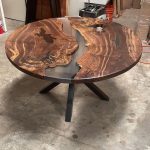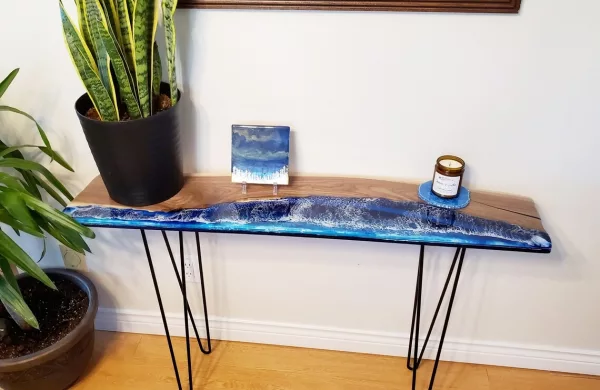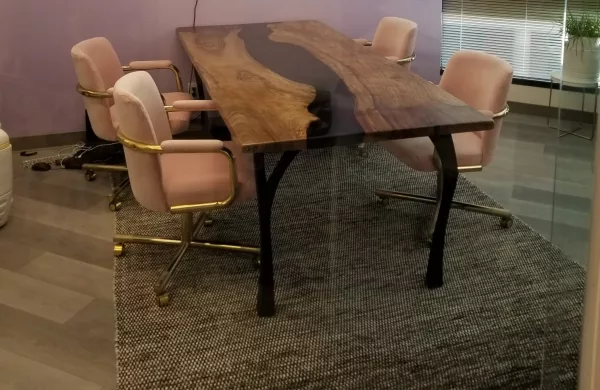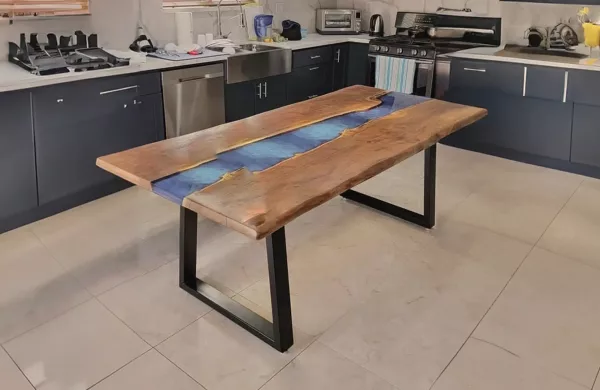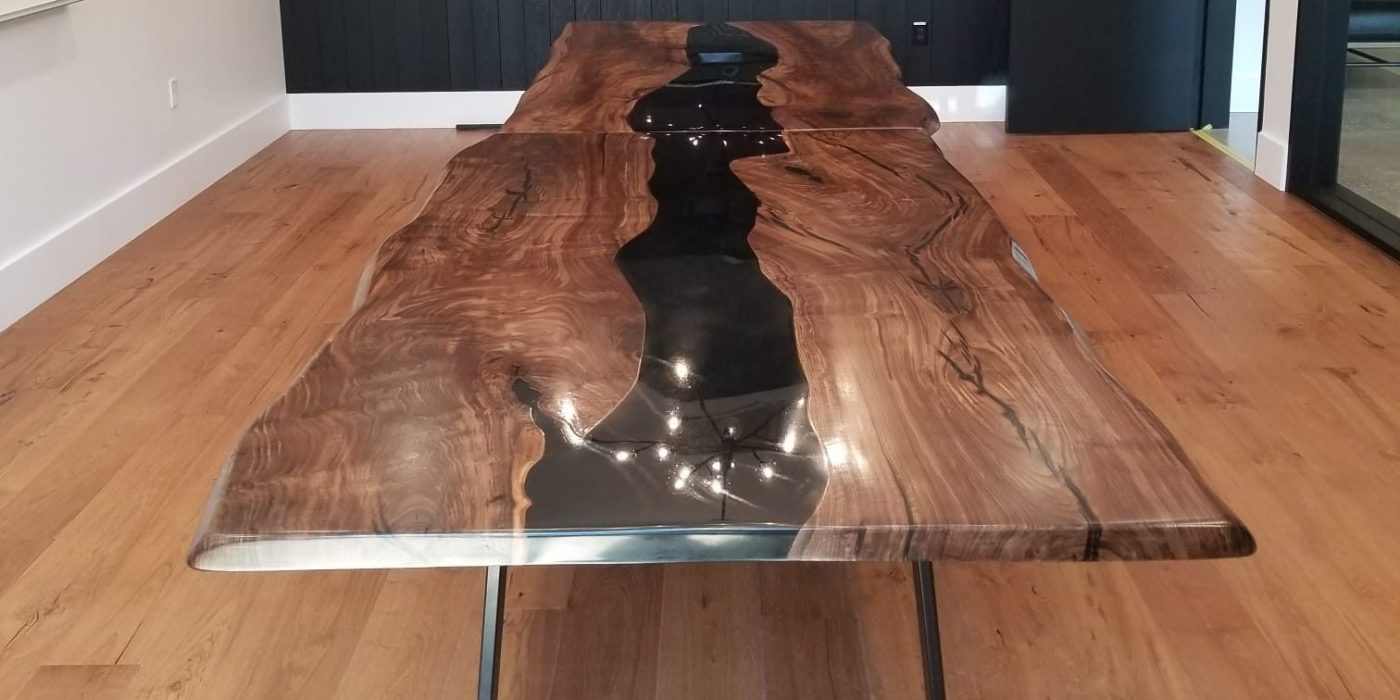
Epoxy tables, a striking blend of art and functionality, have surged in popularity in recent years. Known for their glossy finish and ability to encapsulate objects and colors, these tables offer a unique aesthetic that can transform any space. However, as with any material choice, there are both advantages and disadvantages to consider. In this comprehensive article, we delve into the various pros and cons of epoxy tables. From their unparalleled customization options and robust durability to considerations regarding cost and maintenance, we aim to provide a balanced view. Whether you’re a homeowner looking to add a statement piece to your living space, a designer seeking innovative materials, or simply curious about the hype surrounding these tables, this article is your guide to understanding the intricacies of epoxy tables. Join us as we explore the multifaceted world of epoxy furniture, weighing the benefits against the drawbacks to help you make an informed decision.
Several advantages of epoxy tables
- Durability and Strength: Epoxy resin, used in these tables, is extremely strong and resistant to wear and tear. It’s less prone to scratches, dents, and damage compared to traditional wood or glass tables.
- Moisture Resistance: Epoxy is impervious to moisture, making these tables ideal for environments where spills are common, like kitchens and dining rooms.
- Customization: One of the most significant benefits of epoxy tables is their high level of customization. You can choose from various colors, patterns, and designs, or even incorporate objects like shells, stones, or wood pieces into the design.
- Unique Aesthetics: The clear or tinted resin can create stunning visual effects, such as the illusion of depth, or mimic natural scenes like rivers or oceans.
- Easy Maintenance: Epoxy tables are easy to clean and maintain. They don’t require special cleaners or treatments and can be wiped down with a simple cloth and mild detergent.
- Heat Resistance: High-quality epoxy resin is heat resistant, which means it can withstand hot dishes or direct sunlight without damage.
- Environmental Friendliness: Some epoxy resins are made from bio-based materials, making them a more environmentally friendly option compared to other synthetic materials.
- Longevity: Due to their durability and resistance to various types of damage, epoxy tables often have a longer lifespan compared to traditional wooden or glass tables.
These advantages make epoxy tables a popular choice for both home and commercial settings, offering both functional and aesthetic benefits.
Disadvantages of Epoxy Tables
Epoxy tables, while popular for their aesthetic appeal and durability, also come with certain disadvantages:
- Cost: Epoxy resin can be more expensive than other table materials. The cost increases with customization, size, and design complexity.
- Sensitivity to UV Light: Over time, exposure to UV light can cause the epoxy to yellow or degrade, affecting the appearance of the table. This is particularly a concern for tables placed in sunny areas.
- Weight: Epoxy tables can be quite heavy, making them difficult to move or transport. This can be a disadvantage in homes or spaces where furniture needs to be moved frequently.
- Repair Difficulty: If an epoxy table gets damaged, it can be challenging to repair. Unlike wood, which can be sanded or refinished, epoxy requires more complex repair processes that might not always restore the original look.
- Long Curing Time: The process of making an epoxy table involves a curing period, which can take several days to weeks depending on the size and thickness of the epoxy. This can be a drawback for those who need the table ready in a shorter time frame.
- Potential Toxicity: During the curing process, epoxy resin can release fumes that are harmful to breathe in. Proper ventilation and safety precautions are necessary when working with epoxy.
- Temperature Sensitivity: While epoxy is generally heat resistant, extremely high temperatures or direct heat sources (like placing a hot pan) can damage the surface.
- Prone to Scratches: Despite its overall durability, the surface of an epoxy table can be prone to scratches, especially if it’s a high-gloss finish.
These disadvantages should be considered alongside the advantages when deciding whether an epoxy table is the right choice for a specific application or environment.
In conclusion, epoxy tables offer a unique combination of aesthetic appeal and practicality, making them a desirable choice for many. Their customization options, durability, and distinctive appearance set them apart from traditional furniture materials. However, considerations such as cost, sensitivity to UV light, and potential maintenance challenges should be taken into account. Ultimately, whether an epoxy table is the right choice depends on individual needs, preferences, and the specific context in which the table will be used. This balance of pros and cons should guide consumers in making a decision that aligns with their lifestyle and design aspirations.





